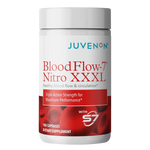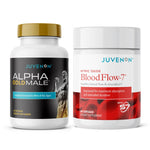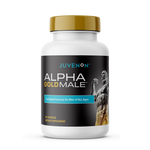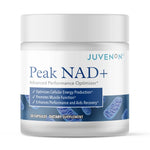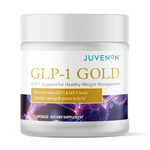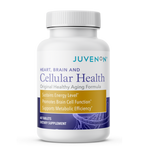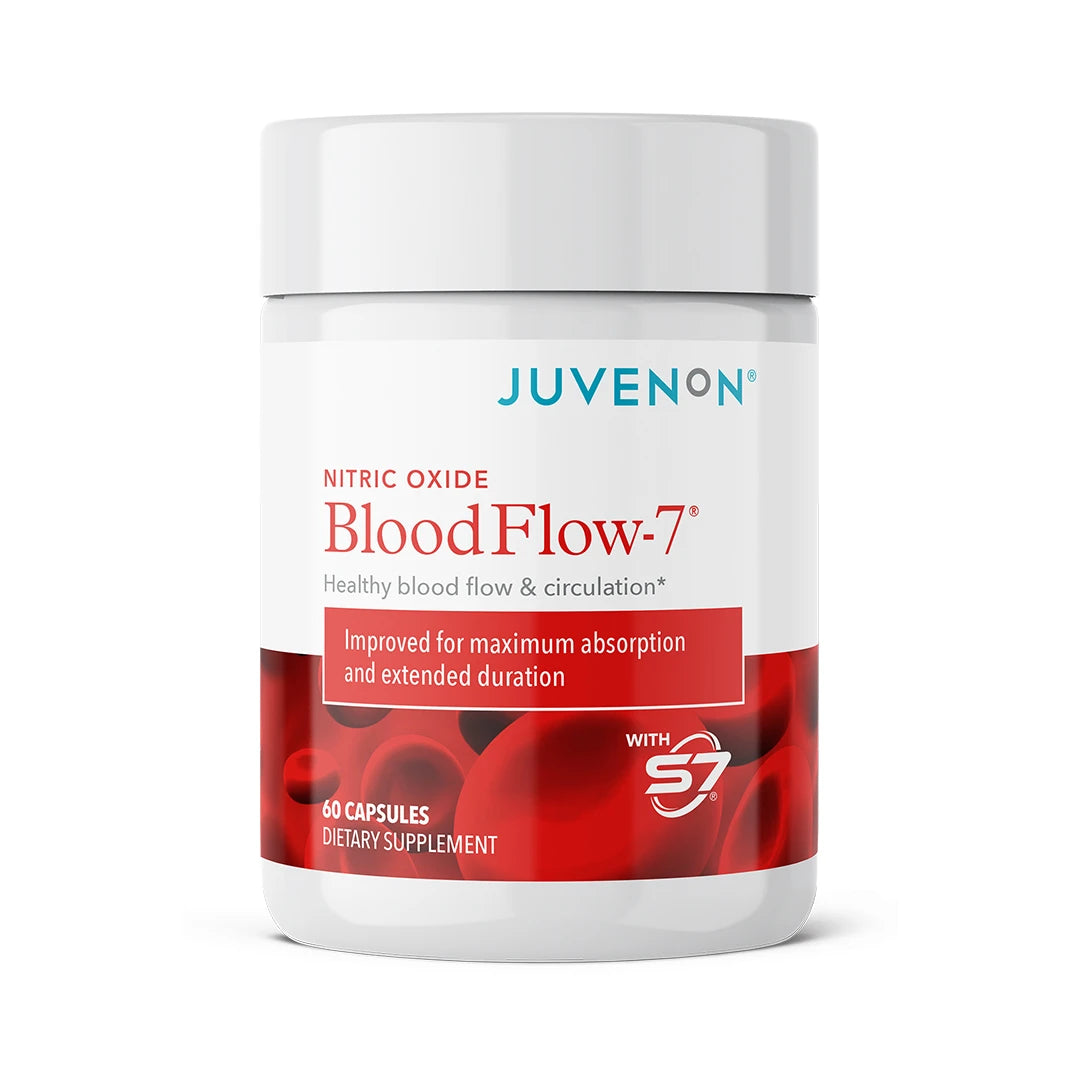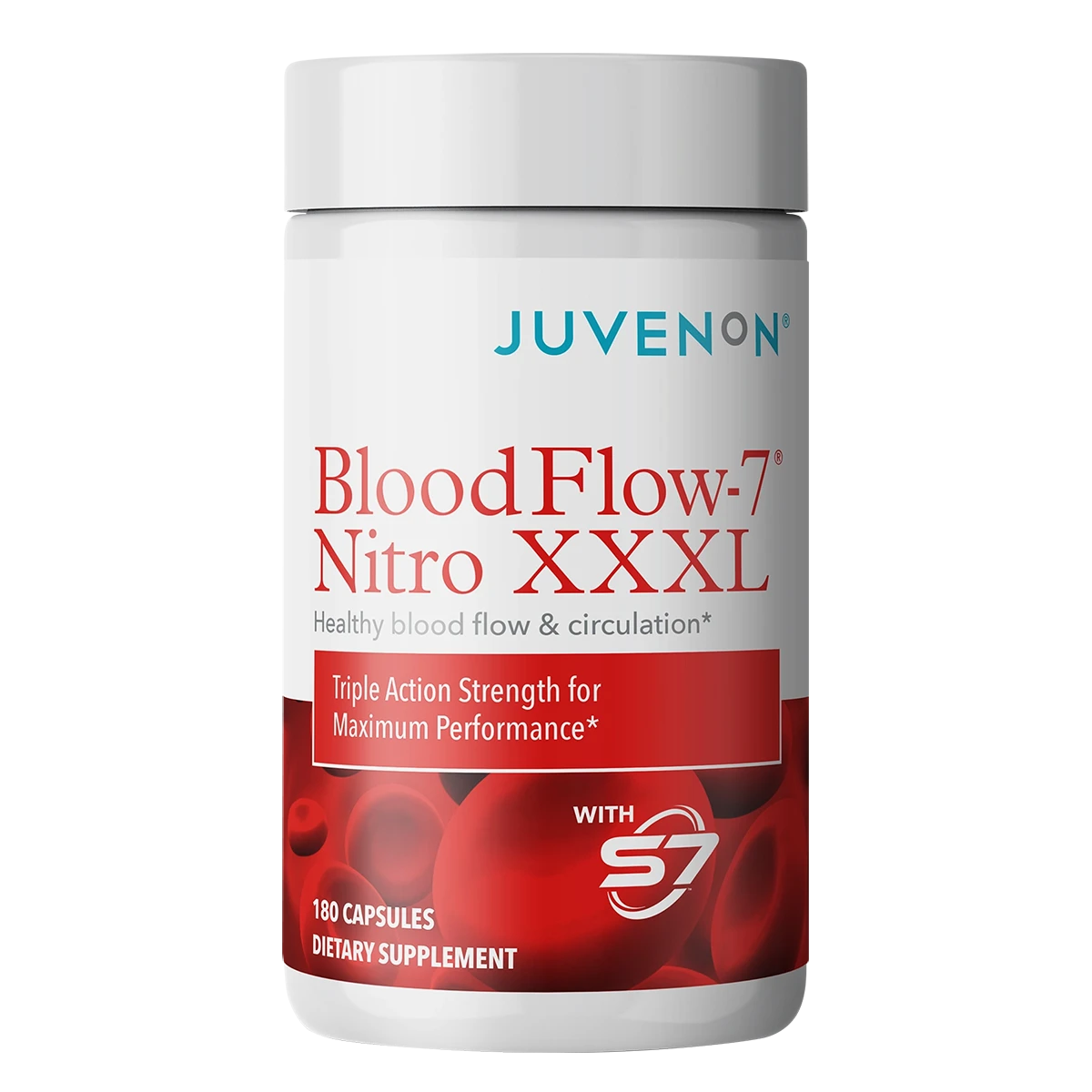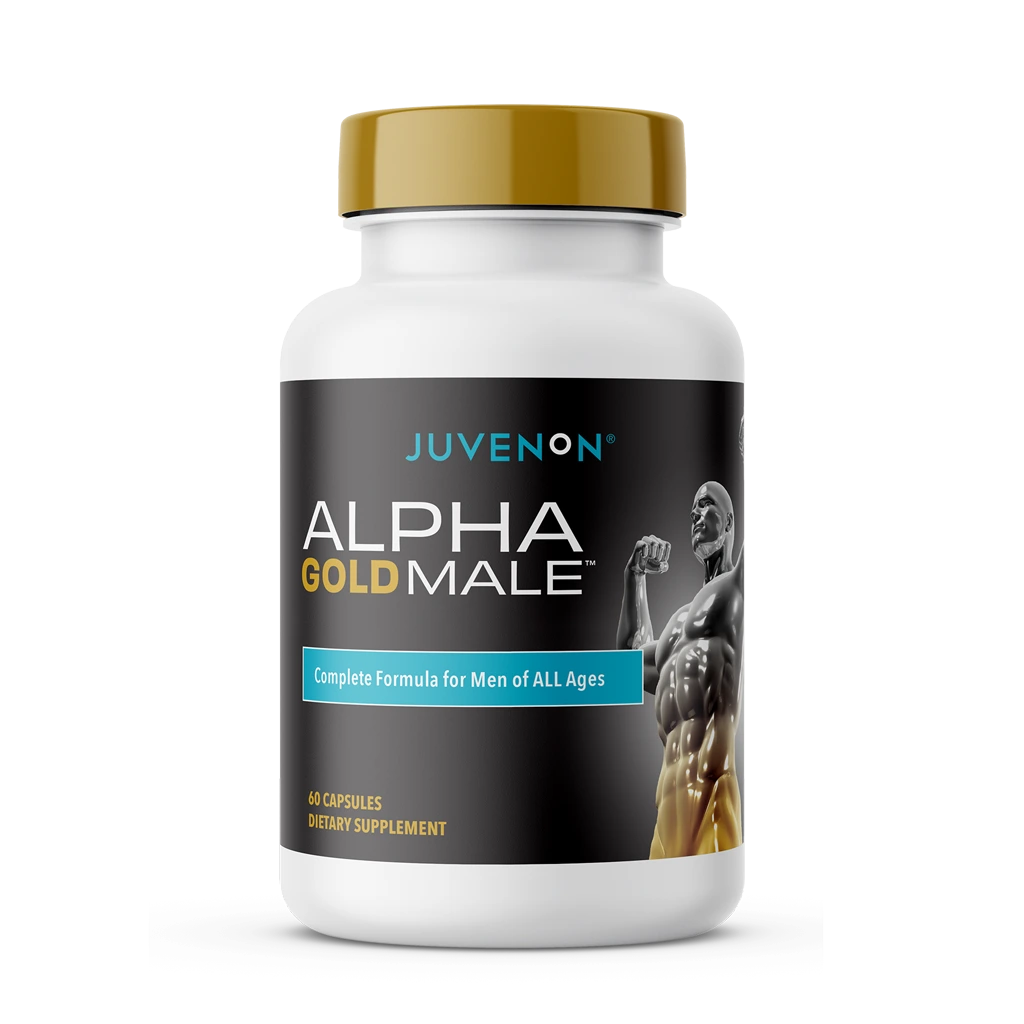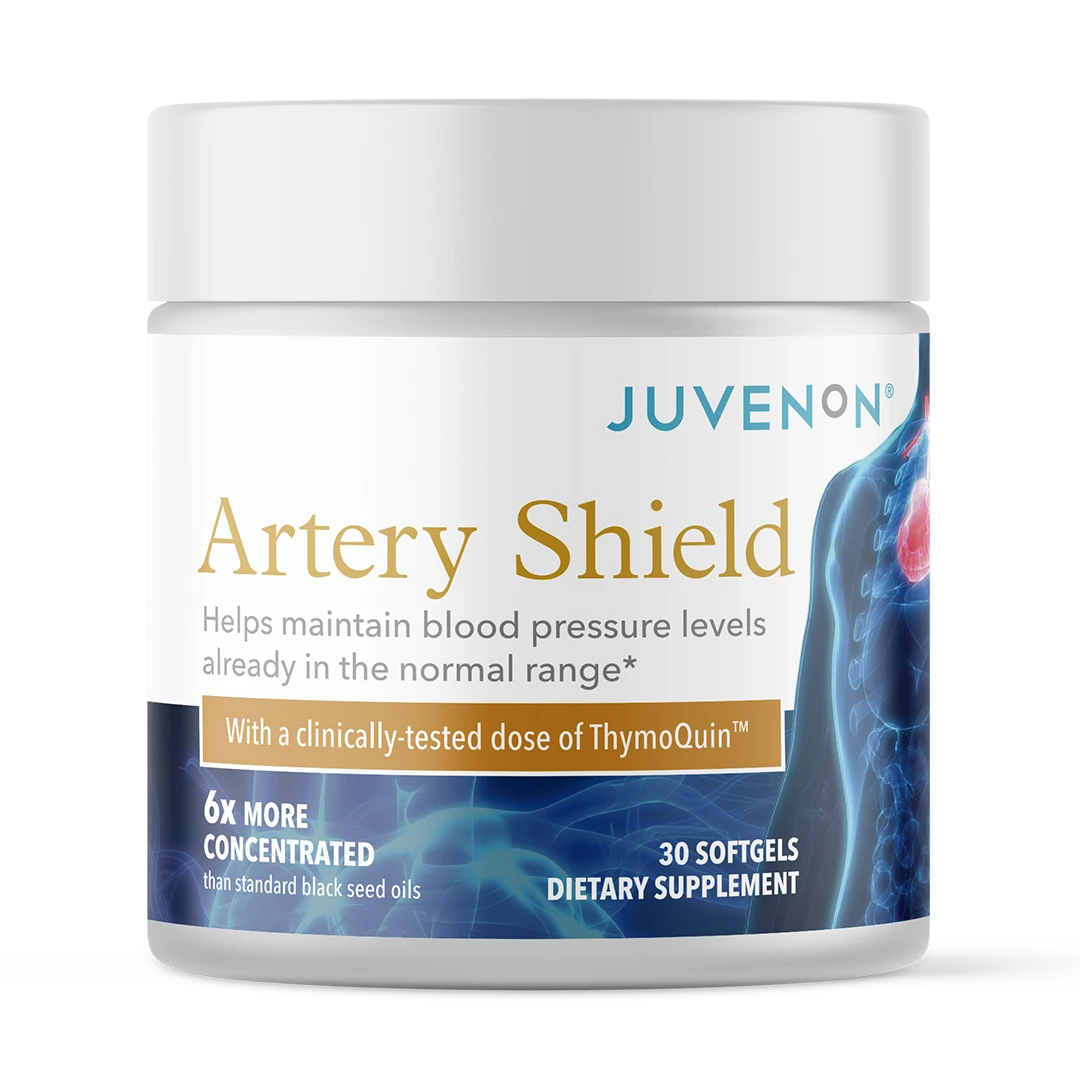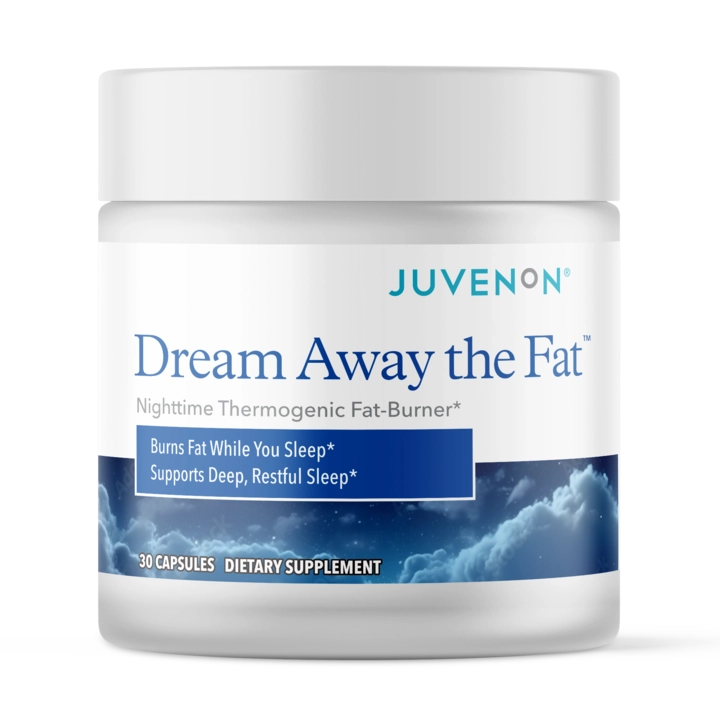
In the search for the best pain reliever, more and more people are seeking alternative or natural remedies. Here are some of the most popular choices you can consider and talk to your doctor about.
Manage Pain Naturally with the Best Pain Reliever
1. Curcumin (Turmeric)
This naturally occurring yellow pigment is the key active ingredient in turmeric, a flowering plant of the ginger family and a spice widely used throughout Asian cuisine and traditional medicine. Its extensive use on traditional, Ayurvedic and Chinese medicine has raised significant interest in its health benefits, as well as its potential as the possible best pain reliever.
Curcumin is often used as an anti-inflammatory agent and a digestive disorder treatment, as several clinical trials have demonstrated its antioxidant and anti-inflammatory effects, especially benefiting those suffering from rheumatoid and other forms of arthritis.
According to the National Center for Biotechnology Information (NCBI), the use of curcumin for centuries as well as its recorded positive effects, makes it a viable natural alternative to nonsteroidal agents for inflammation treatment.
If you’re planning to incorporate turmeric in your daily diet, the usual dosage of the powder is 400 to 600 milligrams, three times a day. While there are only a few side effects, this can cause an upset stomach with extended use.
2. Fish Oil
Fish oil in the form of cod liver oil is considered one of the best pain relievers for inflammation. According to NCBI, this omega-3 essential fatty acid (EFA) is one of the most effective natural anti-inflammatory agents, now being recommended by the American Heart Association for the prevention of coronary artery disease.
When compared to traditional anti-inflammatory agents, the use of fish oil is effective in treating arthritis, or inflammation of the joints, with many positive clinical studies to back up the claim. Another study of over 200 patients with spine problems revealed almost 60% can substitute fish oil supplements for their prescribed pain medication.
There are, however, some rare side effects when fish oil supplements are not taken with meals.
3. Ginger

One of the many health benefit claims of ginger is its potential to be the best pain reliever for inflammation, swelling, and pain. Both dried ginger extract and dried gingerol-enriched extract have been reported to show pain-relieving and potent anti-inflammatory effects.
According to NCBI, this natural remedy has been suggested to be effective against inflammation and rheumatism. Patients suffering from osteoarthritis, rheumatoid arthritis, and general muscular discomfort have reported relief from symptoms after taking ginger supplements.
Besides arthritis pain relief, a double-blind comparative trial has indicated ginger capsules could be just as effective as NSAIDs in relieving dysmenorrhea.
4. Capsaicin
Capsaicin continues to be studied as a contender for best pain reliever for postherpetic neuralgia (PHN), HIV distal sensory polyneuropathy (DSP), musculoskeletal pain, and shingles. While research continues to be done, it appears topical application of high concentration capsaicin creams and gels are proving effective in treating pain.
According to NCBI, pain was reduced by 33% for 70 patients with osteoarthritis (OA) during a double-blind, randomized 4-week trial. In another study, 81% of older patients treated with capsaicin reported pain reduction on a visual analog scale (VAS).
5. Wintergreen and Peppermint Oils
The main natural element in wintergreen oil is methyl salicylate, a compound closely related to what we know as aspirin. When applied to the skin, this oil can temporarily relieve pain, especially when combined with peppermint oil.
The combination of both increases the effect of each one, but with less possibility of producing any side effects. However, possibilities and potential other side effects must still be considered, according to NCBI.
For now, wintergreen oil isn’t used as often as capsaicin, because there aren’t any randomized trials comparing the former or its combination with peppermint oil to placebo for pain in the lower back.
6. Devil’s Claw
According to Medline Plus, this herb is known for its use in hardening the arteries, gout, myalgia or muscle pain, arthritis, and tendonitis. It is also commonly prescribed for chest pain, heartburn, migraines, and fever.
In other cases, it is used for menstrual problems, difficulties in “childbirth,” and allergic reactions. There are also those who apply this herb to the skin for injuries and other skin conditions, but not enough is known about the safety of its long-term use, as well as its topical application.
There has been evidence suggesting devil’s claw is possibly effective for reducing lower back pain, working about as well as some NSAIDs. It is also a possible contender for best pain reliever for osteoarthritis, as some people were able to lower their dosage of NSAIDs while taking the herb.
Devil’s claw is possibly safest when taken orally in appropriate doses for up to 12 months, with a common side effect of diarrhea. Other known side effects are nausea, stomach pain, headaches, and loss of appetite.
7. Feverfew
Yet another best pain reliever is feverfew, a medicinal plant traditionally used to treat migraines, fevers, stomach aches, toothaches, and rheumatoid arthritis, according to NCBI. This herb has a long history of use in traditional and folk medicine, where it is often prescribed to ease headaches and difficulty in labor.
People use this herb’s dried leaves, and sometimes flowers and stems, to make dietary supplements in the form of capsules, tablets, teas, and liquid extracts. While it is widely accepted as a viable pain reliever for headaches, research offers mixed results.
However, NCBI says that the American Headache Society and American Academy of Neurology suggests it may actually work, and should be considered for the prevention of migraine. Little can be said, though, if this herb is able to help with other conditions.
There are no reported serious side effects of taking feverfew, but some can expect nausea, bloating, and digestive problems. Those who take it for long periods and then stop may experience a return of their headaches, anxiety, difficulty sleeping, and stiff muscles.
While many claim the efficacy of each of these natural and holistic remedies as the best pain reliever, studies continue to be conducted to ensure that all those who use these alternatives for a long time do not suffer any serious side effects.
These are just some widely accepted natural pain relief alternatives proven to be effective by anecdotal evidence and a promising amount of scientific studies. It is still important to do your own research and ask your doctor about pain relieving supplements before trying a new course of treatment.
Have you tried natural pain relief before? What is the best pain reliever, in your opinion?



